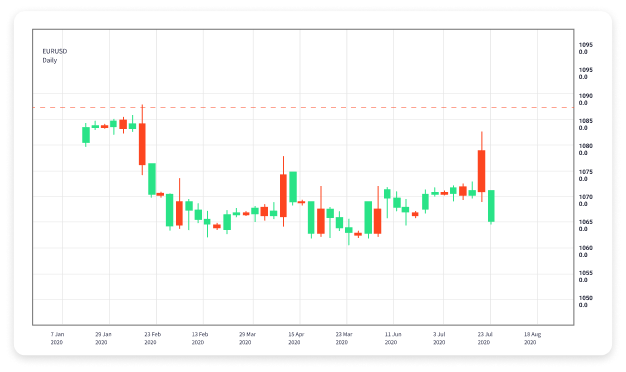
In the world of forex trading, having a solid strategy is essential for success. If you’re looking for effective forex trading strategies, you’ve come to the right place. This article will delve into various strategies, tactics, and tips to help you excel in forex trading. Furthermore, you can find useful resources such as forex trading strategies pdf Trading Brokers in Morocco to assist you in your trading journey.
Understanding Forex Trading
Forex trading, or foreign exchange trading, involves the buying and selling of currency pairs in the foreign exchange market. Unlike stocks, the forex market operates 24 hours a day, five days a week, which makes it accessible and appealing to traders all over the world. Understanding how the market functions is crucial for developing effective trading strategies.
The Importance of a Forex Trading Strategy
A forex trading strategy is a plan that traders use to determine their entries and exits in the market. A well-defined strategy minimizes emotional trading and helps in maintaining discipline. It also assists in risk management by clearly defining the amount of risk you’re willing to take on each trade. Without a strategy, traders may fall into common pitfalls such as overtrading, revenge trading, or chasing losses.
Popular Forex Trading Strategies
There are several popular forex trading strategies that traders utilize. Here, we will discuss a few of the most effective ones:
1. Trend Following Strategy

The trend following strategy is among the most popular in forex trading. It involves analyzing the overall direction of the market (the trend) and trading in the direction of that trend. Traders can identify trends through various tools such as moving averages, trend lines, and momentum indicators. The key to this strategy is patience and discipline to follow the trend until it shows signs of reversal.
2. Range Trading Strategy
The range trading strategy is based on the principle that currency prices often move within defined ranges. Traders identify support and resistance levels and execute trades at these points. This strategy works best in sideways markets where currency pairs do not exhibit clear trends. To be successful, traders should be adept at identifying ranges and understanding when breakouts might occur.
3. Breakout Trading Strategy
Breakout trading occurs when a currency pair moves outside its established range, signaling the potential for significant price movement. Traders use this strategy to capitalize on volatility. Key indicators for breakout trading include high volume and support or resistance levels. It’s crucial to set stop-loss orders to manage risk effectively since breakouts can result in false signals.
4. Scalping Strategy
Scalping is a high-frequency trading strategy where traders make numerous trades throughout the day to capture small price movements. Scalpers rely on technical analysis tools and often hold positions for mere minutes. This strategy requires a deep understanding of market dynamics and a lot of discipline, as the potential for both profit and loss can be significant.
5. Fundamental Analysis Strategy
Forex traders who employ fundamental analysis focus on economic indicators and news events that can influence currency prices. This includes interest rate announcements, employment data, inflation reports, and geopolitical tensions. Traders often use a calendar to track upcoming economic events and adjust their positions accordingly. Understanding the context behind market movements can lead to more informed trading decisions.

Risk Management in Forex Trading
Regardless of the strategy used, risk management is critical in forex trading. Traders should determine their risk tolerance and set appropriate stop-loss and take-profit orders. Diversifying your trading portfolio and avoiding over-leveraging can also mitigate potential losses. Always ensure that you are only risking a small percentage of your total trading capital on any given trade.
The Role of Technical and Fundamental Analysis
In forex trading, both technical and fundamental analyses are vital for developing a successful strategy. Technical analysis involves studying historical price movements through charts and technical indicators like RSI, MACD, and Bollinger Bands. On the other hand, fundamental analysis considers macroeconomic indicators to forecast currency movements. A comprehensive strategy often combines both analyses for optimal results.
Developing Your Own Forex Trading Strategy
Creating your own forex trading strategy involves several steps:
- Education: Continually educate yourself about market dynamics, trading techniques, and economic factors that influence currencies.
- Backtesting: Test your strategy against historical data to see how it would have performed in different market conditions.
- Demo Trading: Use a demo account to practice implementing your strategy without risking real money.
- Refinement: Continuously evaluate and refine your strategy based on market changes and personal experiences.
Conclusion
Forex trading is an exciting and dynamic field, but it requires careful planning and strategy development for success. Whether you’re a beginner or an experienced trader, utilizing effective forex trading strategies can enhance your performance in the market. Always remember the importance of risk management, continuous learning, and staying informed about market trends and events. Consider downloading comprehensive guides such as the Forex Trading Strategies PDF to deepen your understanding and improve your trading skills.


Write a comment: